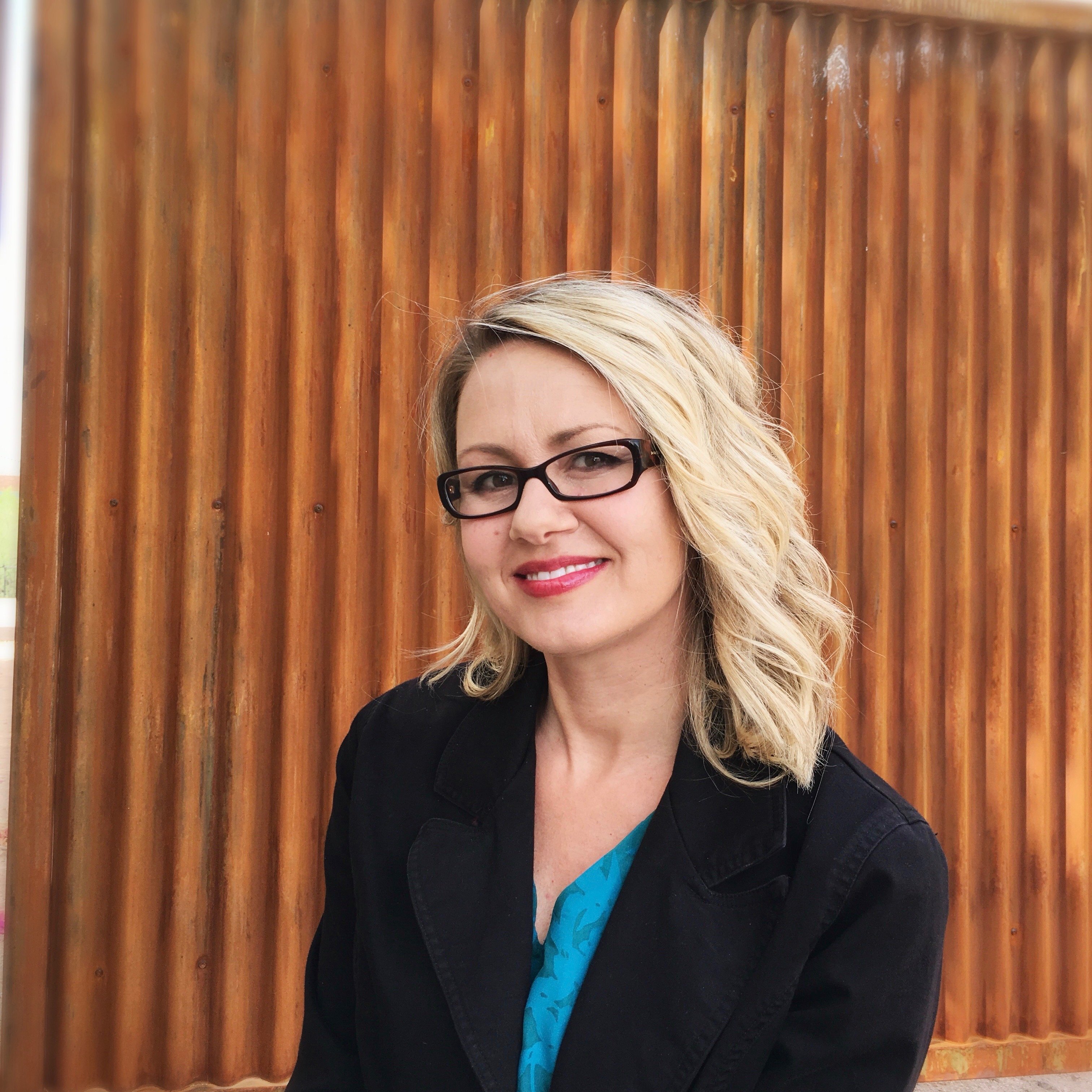What Phoenix is Doing to Minimize Heat Risks for Vulnerable Residents
Extreme heat is among Arizona’s biggest causes of death each year. AZCentral recently discussed what Phoenix is doing every day to reduce the risk of heat exposure, especially amoung the most vulnerable.
According to the U.S. Global Change Research Program's 2016 climate change and health assessment, certain criteria almost guarantee where and who are the most vulnerable to heat. Dense areas with a lot of buildings, concrete, and lack of shade — called urban heat islands — are among the hottest areas in any city. Communities for the elderly or chronically ill also have a harder time dealing with heat extremes. Lower-income areas without means of protection from the heat such as air-conditioning units also suffer during the hottest months.
One way the city is combatting heat issues is with the Tree and Shade Master Plan of 2010 which sought to increase tree canopies by 25 percent by 2030. Losing almost 1,000 trees yearly to various causes, the Phoenix City Council approved more funding to replace and maintain trees, hoping to decrease average temperatures by as much as 7.9 degrees.
Phoenix is also considering emergency measures for extreme temperature rises that could cause airports to shut down and power outages across the region. Currently, the city is working on ways to maintain power and water at sheltering centers that could house a substantial amount of people. According to a 2016 study, only two percent of households in Maricopa County could reach cooling centers by foot but 39 percent are within walking distance of cool public places like a local library.
During the summer, the city also provides locations to cool off as well as free bottles of water as part of their “We’re Cool” campaign. Their website offers a downloadable map of nearly 50 locations across the city, in multiple neighborhoods, that are a part of the campaign.

